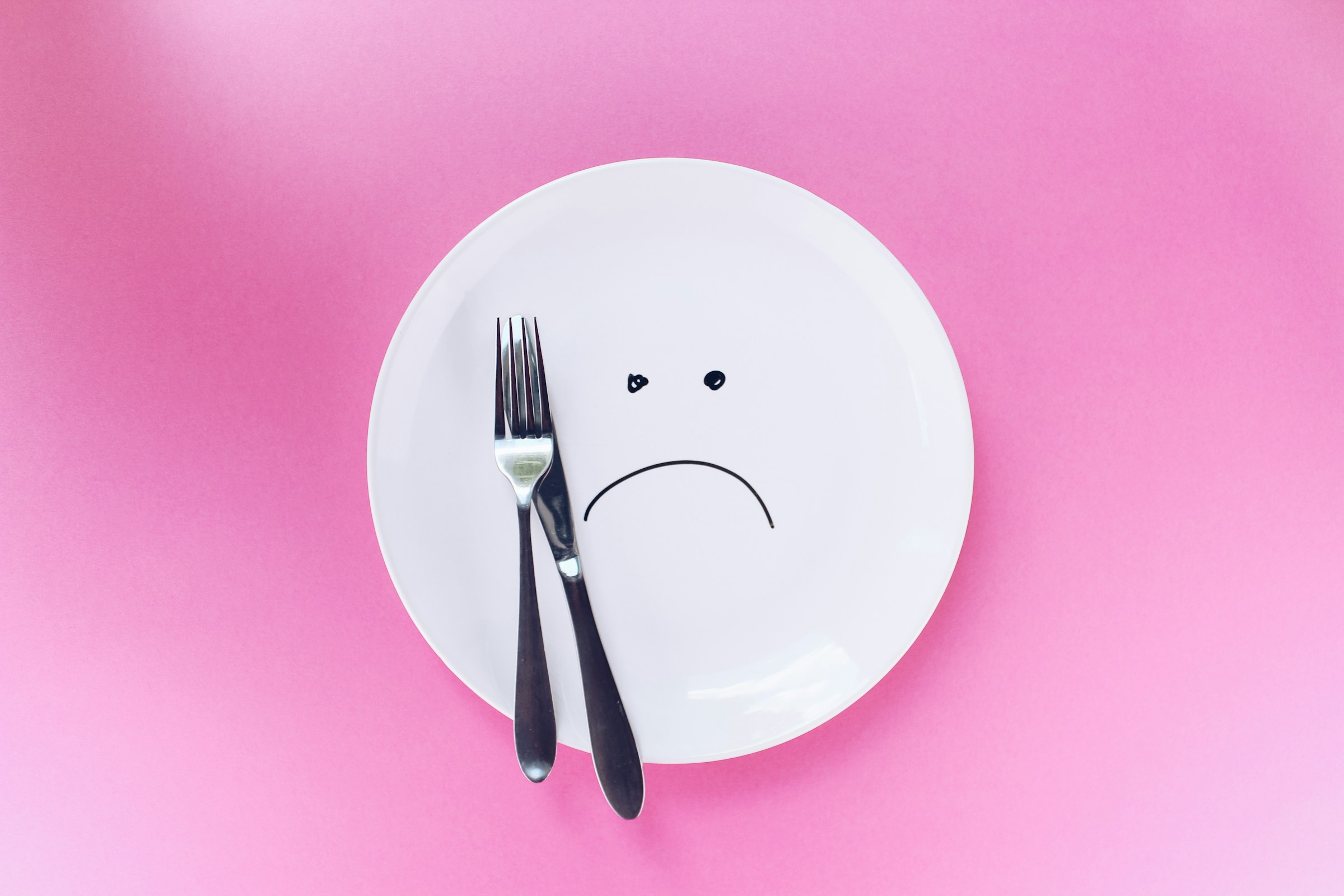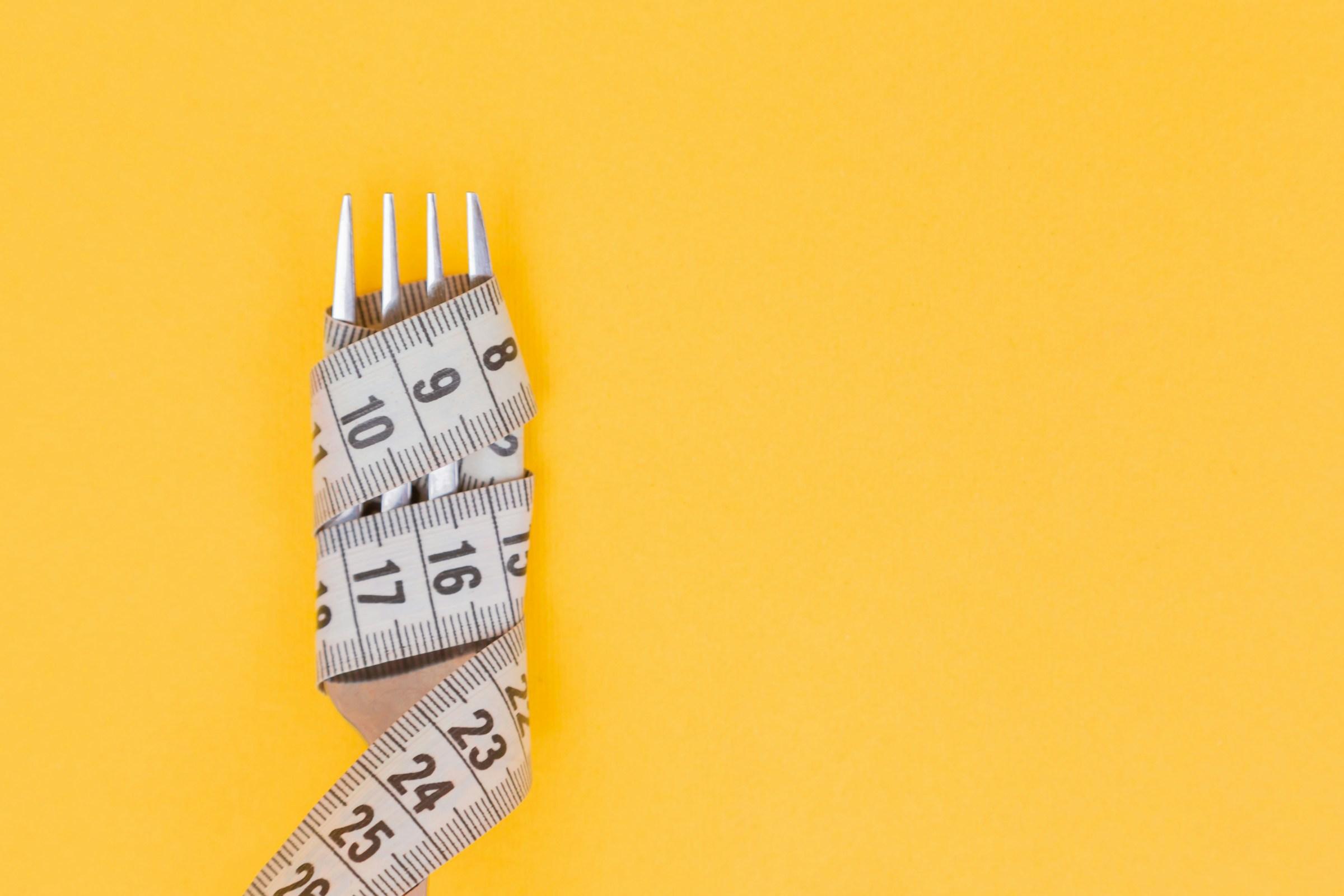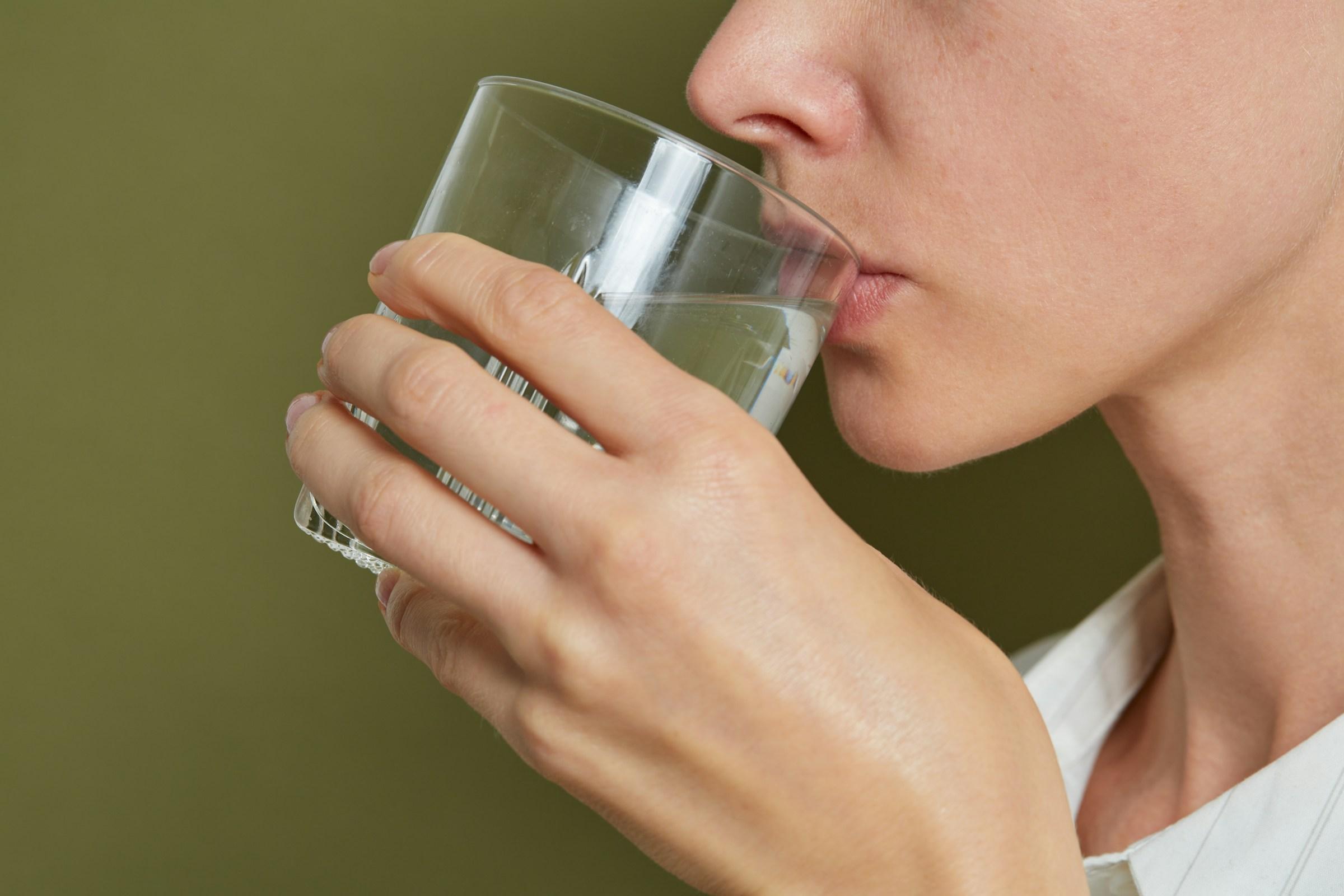At 50 and beyond, metabolism becomes less about quick fixes and more about building a daily rhythm that quietly supports energy, strength, and stable weight over time. The body still responds to training and good food choices, but it demands cleaner order, patient progression, and respect for recovery. You do not need extreme diets or complicated protocols to feel steady and strong. You need a system that serves muscle, movement, sleep, and stress control, because these pieces work together. When they align, your resting burn rises, your appetite becomes easier to read, and you move through the day with more clarity and less friction.
Metabolism is simply how the body turns food into energy and repairs tissue. With age, certain processes slow. Muscle protein synthesis becomes less efficient, hormones shift, sleep can fragment, and recovery takes a little longer. None of this blocks progress. It only means each input needs to be more deliberate. Muscle is the engine that drives your resting burn. Movement keeps that engine idling at a healthy level. Protein supplies the raw materials for repair. Sleep allows the entire system to reset and learn from the training you give it. Stress tools keep signals clean so you do not slide into constant fight or flight. A modest plan that touches each of these levers will outperform any single trick.
Strength training is the anchor. Two to four sessions per week is the realistic range for most people with busy lives. The goal is not novelty but progression. Think in patterns that cover the body and respect the joints. For the lower body, use a squat to a safe depth or a leg press if knees are sensitive, along with a hinge such as a Romanian deadlift using dumbbells or a hip hinge with a kettlebell. For the upper body, alternate a press with a row. Keep the work controlled, eight to twelve repetitions per set for three sets, resting enough to keep form honest. Record what you lift. When you can perform the top end of the rep range cleanly, increase the load a little the next session. This quiet data driven approach is what tells your body to keep or even build muscle, which is the most reliable way to support a higher resting metabolism as the years pass.
Between lifting days, daily movement fills the space and prevents your overall activity from collapsing. Walking remains underrated and accessible. Aiming for seven to ten thousand steps is not a magic spell, but it is a useful guardrail that keeps non exercise activity up. Short walks sprinkled through the day are gentle on joints and easy to schedule. Five to ten minutes after meals helps with glucose control and digestion while also shaking off stiffness and brain fog. If you sit at a desk, build two brief walks into your calendar and treat them like real appointments. This is less about chasing a step badge and more about protecting the baseline level of movement that your metabolism expects.
Food supports the training plan rather than fighting it. Protein is the most meaningful lever for muscle preservation and repair. A simple target that works for many older adults is roughly 1.2 to 1.6 grams of protein per kilogram of body weight per day, spread over three or four meals. Distribute it rather than stacking almost all of it at dinner. Twenty five to forty grams per meal suits many people, depending on body size. Eggs, dairy, fish, poultry, legumes, and soy give you a mix of options. If you have kidney disease or another medical condition, speak to your clinician before raising intake. The idea is not to chase a number for its own sake. The idea is to give your body the building blocks it needs so that strength sessions translate into real tissue maintenance and growth.
Carbohydrates are not the enemy when they are timed to your needs. They provide fuel for training and help with recovery. Focus the denser starches near your workout or in the evening if you sleep better with a little extra carbohydrate at dinner. Keep vegetables and fiber on every plate to keep digestion moving and hunger steady. Whole food sources tend to keep energy more even across the day than refined options that spike and crash. Fats still matter for hormones and satiety. Use olive oil in cooking, enjoy oily fish a couple of times per week, and lean on nuts and seeds in measured amounts when a meal feels too lean. The quiet risk with fats is that portions creep upward through snacks and dressings, so a small dose of awareness goes a long way.
Caffeine can help with focus and training output, but the timing matters. Keep it to the earlier part of the day and cut it eight to ten hours before bedtime. If sleep is fragile, cut it even earlier. A short supplement list may support the basics without turning your pantry into a laboratory. Creatine monohydrate at three to five grams daily is safe for most people and has good evidence for assisting strength and muscle in older adults. Speak with your clinician if you have kidney concerns. Omega 3 and vitamin D can make sense when diet and blood work suggest a gap, but the heavy lifting still comes from training, protein, steps, and consistent sleep. More products will not compensate for missing those fundamentals.
Sleep itself is a performance habit, not a luxury. The range of seven to nine hours still applies at 50. Treat it like training with its own routine. Dim lights an hour before bed. Keep the room cool and dark. Avoid heavy late meals that trigger reflux and wake you in the night. Wake within the same window on most days. Short daytime naps can help if they do not disrupt nighttime sleep. If hot flashes, joint pain, snoring, or breathing interruptions are present, address them with a professional. A single solved bottleneck often unlocks better recovery and steadier appetite the very next week.
Stress is not something you can remove, but you can reduce the spikes and the tail that follows them. Small rituals work well. Ten slow breaths before meals steady your pace and improve digestion. A short walk after the toughest meeting of the day helps shift you out of a stressed state. Light mobility at night loosens hips and upper back while calming the nervous system. The goal is not to become a monk. The goal is to prevent chronic stress from hijacking your food choices and sleep, which then pull metabolism in the wrong direction.
Medical context matters more with age. If your energy drops for no clear reason, if weight rises while appetite seems normal, or if training feels harder than it should for many weeks, ask your clinician to check thyroid function, iron status, vitamin B12, fasting glucose or A1C, and the hormonal picture that is relevant to your sex and history. Medications may also influence appetite, water balance, or heart rate. When you know the numbers, you can align training and nutrition with the biology you actually have, not the biology you assume you have.
A regular weekday can carry this plan without drama. Wake, drink a glass of water, and get natural light in your eyes during the first hour. If you enjoy breakfast, make it protein forward with eggs, Greek yogurt, or tofu, and add fruit and high fiber carbohydrates when you train that day. If you prefer a later first meal and feel energetic, keep the rest of the day protein forward. Place lifting sessions on separated days such as Monday and Thursday or Tuesday and Friday so recovery has room. On non lifting days, schedule two short walks, one after lunch and one before dinner, and add ten minutes of gentle mobility in the evening while watching a show. Keep caffeine to the morning. Shut screens earlier than feels necessary and finish the night with reading or stretching. Most people do not need more intensity. They need fewer exceptions to these simple rhythms.
Progress should come in small, measurable steps. Add a repetition before adding weight. When the last set becomes smooth and confident, move up a little at the next session. Write down loads and reps. This is how you make strength an observable fact rather than a feeling. If the numbers climb slowly over months and your weekly step count trends upward while body weight either holds or moves toward your target, you have evidence that your metabolism is supported. If lifts stall and steps fall while sleep shortens, adjust recovery and food before pushing harder.
Calorie management can be gentle. If weight creeps upward, reduce portions a little, most effectively by trimming snack frequency and liquid calories or by measuring oils more carefully. If weight falls too quickly and training quality drops, add a palm size portion of protein and a fist size portion of carbohydrates to lunch on training days. These modest edits are easier to sustain than dramatic swings and they guard against losing muscle while trying to lose fat. When the goal is significant fat loss, consider working in phases, for example eight to twelve weeks in a modest calorie deficit followed by four weeks at maintenance while continuing to lift. This approach protects muscle and makes the process manageable.
Hydration rarely gets the attention it deserves. Older adults can be under hydrated without the strong thirst cues that show up earlier in life. Aim for steady intake throughout the day rather than large volumes at night. If you sweat heavily during training, add a pinch of salt to a glass of water. Better hydration supports energy, digestion, and joint comfort, all of which make it more likely you will move and train consistently.
Joint care and mobility are not cosmetic details. They are what keep you in the game. Gentle daily work for the hips and upper back helps most lifters. Controlled articular rotations keep joints moving through their real range. Wall slides and scapular retractions restore shoulder mechanics for pressing and rowing. Slow ankle rocks support better walking mechanics and reduce the chance of compensations that stress knees and hips. Add simple balance practice by standing on one leg during part of your morning routine, and include loaded carries like a farmer walk with light dumbbells. Balance lowers fall risk and builds confidence, and confidence encourages activity, which in turn supports metabolism.
Travel and busy weeks do not have to unravel the plan. A suspension trainer, resistance bands, or a light dumbbell circuit that covers push, pull, squat, and hinge patterns can maintain momentum in fifteen to twenty minutes. Choose a protein forward breakfast or lunch when options are limited. Walk the terminal instead of sitting at the gate. Align your bedtime to local time as soon as possible. Strength does not vanish in a few days, but habits can skid if you let routine disappear entirely. A simple travel template keeps your rhythm intact.
All of this rests on a useful idea. Metabolism at 50 is not a stubborn opponent. It is an operating system. Muscle is the base. Movement protects the base. Protein and sleep rebuild what you stress in training. Stress tools keep signals clear so appetite and energy feel manageable. If you build and repeat a calm routine that respects these pieces, your body keeps more muscle, your daily burn becomes steadier, and your weight trends in the direction you want without misery. Results may feel small at first. Over months they compound, which is the only timeline that really matters for health.
If you manage a chronic condition, are returning from injury, or have had recent surgery, work with your healthcare provider as you adjust exercise and nutrition. The plan can still be strong and effective. It simply needs to be tailored to your situation. Precision beats hype, and repetition beats novelty. At any age, and certainly after 50, the system you follow becomes the result you get.














